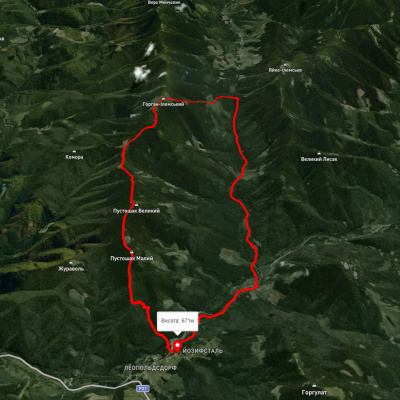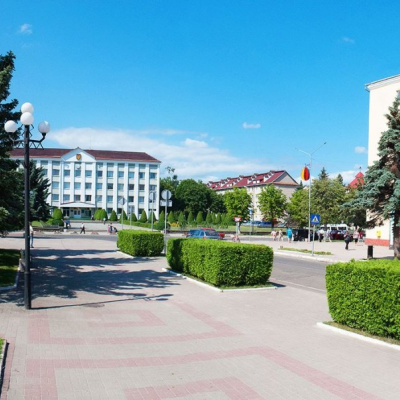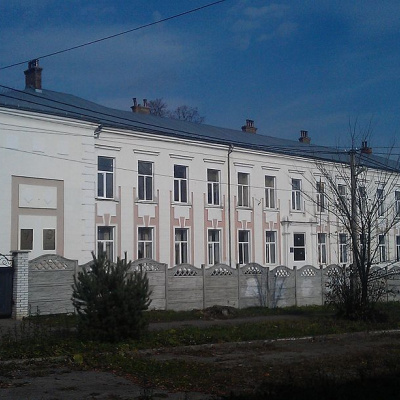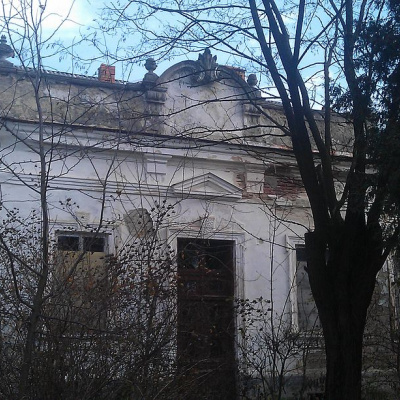Valley
Dolyna is a town of district significance in the Boikivskyi district, the center of Dolyna district of Ivano-Frankivsk region of Ukraine, the administrative center of Dolyna district council, and the administrative center of Dolyna community. Dolyna is conventionally divided into several parts. These include Stara Dolyna, Zahiria, Brochkiv, and Horodok.
The town of Dolyna is located at a distance of 58 km from the regional center - Ivano-Frankivsk. The distance from Dolyna to: Lviv - 111 km; Ternopil - 180 km; Chernivtsi - 220 km; Uzhhorod - 225 km; Kyiv - 716 km; Warsaw - 648 km; Budapest - 690 km; Bratislava - 820 km; Komarno - 94 km. Small rivers Turyanka and Sivka flow through Dolyna. The city's decoration is Dolyna Lake, which covers an area of 25 hectares. The average depth of the reservoir is 2.5 meters. Water reserves in the lake are about 600 thousand cubic meters.
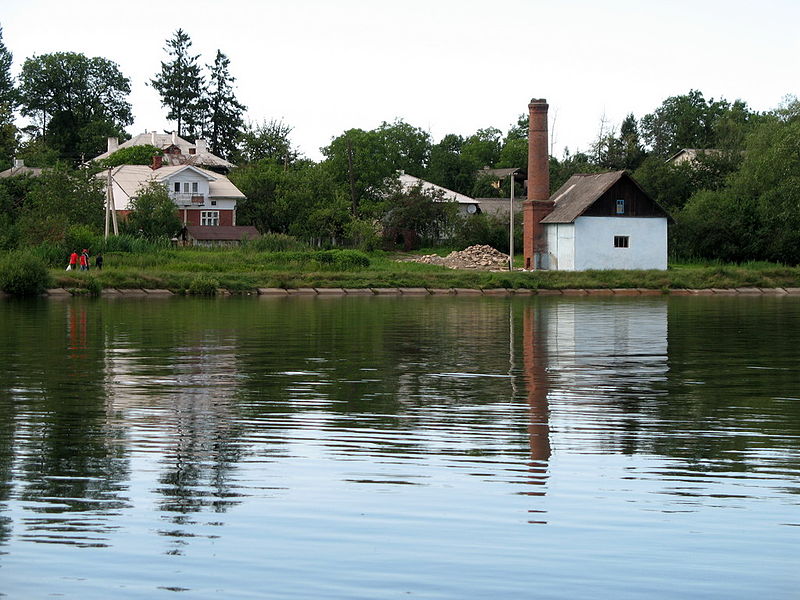
The city was founded in 979, when salt springs were discovered in the area. The history was described by Father Theoclist in 1112 and engineer Felix Piestrak in the 1900s, who studied the valley salt industry. The story says that this region was ruled by Prince Andriyovych, and his shepherds grazed sheep in the mountains. One day, the sheep headed for a valley where there was a stream. It was impossible to stop them, so the shepherds ran after them and came across the "white" banks of the stream, which were covered with salt. After returning home with large supplies of salt, the prince's shepherds forgot the way to the valley and had to search for it for a long time together with Prince Andriyovych and Prince Ratilla. After sacrificing five salt piles and forty sheep to the god Perun, they were able to find the springs again, and so salt production in the Dolyna region began.
The city of Dolyna was founded on the lands where the ancient tribe of White Croats lived. The oldest chronicle of our land, the chronicle of Nestor, "The Tale of Bygone Years," tells us that in 993, Prince Volodymyr the Great of Kyiv marched against the Croats. Then our lands became part of the Kyivan state. Already in the twelfth century, the Dolyna belonged to the possessions of the Galician prince Yaroslav Osmomysl, and then it was part of the Galician-Volyn state until 1340.
Documentary references to Dolyna date back to 1403. In 1525, King Sigismund I the Old granted Dolyna Magdeburg rights (which meant, among other things, that a significant number of RCC believers, mostly foreigners, appeared in the city), and also issued a permit for salt crushing and vodka smoking. In this century, a hospital began operating in the city. The problem of heating was solved in a rather original way. According to the decree of Sigismund II Augustus of August 16, 1553, one log of wood was taken from every cart that passed through the town for the benefit of the hospital.
In 1594, Dolyna was burned and plundered by the Tatars during an attack on Galicia and Prykarpattia due to miscalculations of the crown command, and the castle was also burned. Because of the tragedy, King Sigismund III Vasa granted the city certain privileges and tax relief, and allowed the construction of a mill on the Turyanka River. In 1622, the villages of Nadiiv and Rakiv were also burned by the Tatars.
In the eighteenth century, a mass movement of the mountain population against Polish aggression began. The rebels were called opryshky. They acted in small mobile groups; their task was to attack the gentry and enemy outposts in the towns of Prykarpattia. Ivan Dovbush, the brother of the glorious Oleksa Dovbush, acted in our district. The place of his base was the rocks near the village of Bubnyshche, today they are called "Dovbush's Rocks".
An important event in the life of the population of Galicia was the complete abolition of serfdom in 1848. This event was preceded by an uprising in Hungary and revolts in the Czech Republic, Slovakia, Galicia, and Bukovyna. In that year, Franz Joseph came to the throne. In 1861, the first elections to the Austrian parliament were held. The people of Dolyna voted for the Ukrainian candidate. Franz Josef was passing through Dolyna, and there is still a tree near Bolekhiv where he rested on his way.
In 1875, the Dolyna railway station and the railroad that connected Stryi and Stanyslaviv-the so-called Archduke Albrecht Railroad-were opened. This opened up new opportunities for transporting salt from Dolyna.
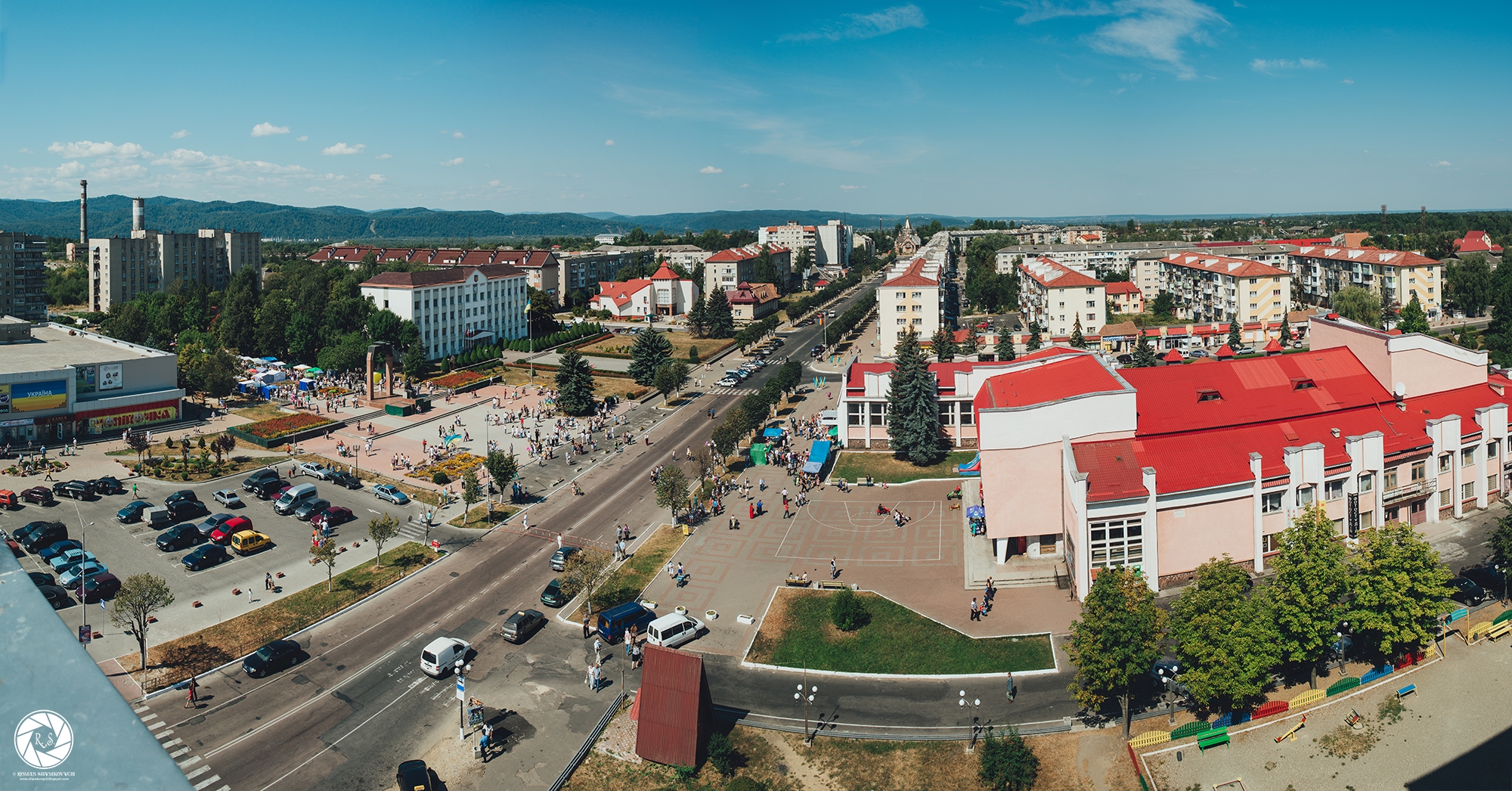
In 2017, at the International Mayors' Summit, the city received the Smart Cities Ukraine 2017 award in the Cleantech Solutions and Energy Efficiency category. Dolyna is the only city in Ukraine that has received the European Energy Efficiency Management Certificate. For more than 10 years, Dolyna has insulated all public sector institutions in the city, modernized street lighting, abandoned centralized heating, and converted more than 60% of large boiler houses to alternative fuels, which is the highest rate in Ukraine.
The main priorities of the city are:
- development of tourism potential;
- restoration and preservation of the architectural monument of national importance - the buildings of the former saltworks of the late XIX century in the old part of Dolyna.
In the future, Dolyna may become a powerful tourist and recreational center not only in Prykarpattia but also in the whole of Ukraine. The town has several promising projects and a desire to implement them. In particular, the project "Development of balneological (SPA) tourism in Dolyna based on the use of therapeutic and health properties of brine from the Barbara deposit.
Dolyna is divided into several parts: Stara Dolyna, Brochkiv, and Horodok. The main street of the old Dolyna is Sheptytskoho Street. The oldest historical buildings of the city are located on this street. On the central square of the old part of Dolyna there is a memorial to those who died during the Second World War. Modern institutions operate in the old buildings, including the oldest educational institution, Gymnasium No. 1, a registry office, a military enlistment office, a children's hospital, and the People's House.
The spiritual heritage of the old Dolyna is rich, as the oldest churches of the city are located here: the Roman Catholic Church of the Nativity of the Virgin Mary (1835) and the Greek Catholic Church of the Nativity of the Blessed Virgin Mary (1896-1904), which was consecrated by Metropolitan Andrey Sheptytsky. The building of the former synagogue (now a house of prayer) on Sheptytskoho Street is also a historical monument.
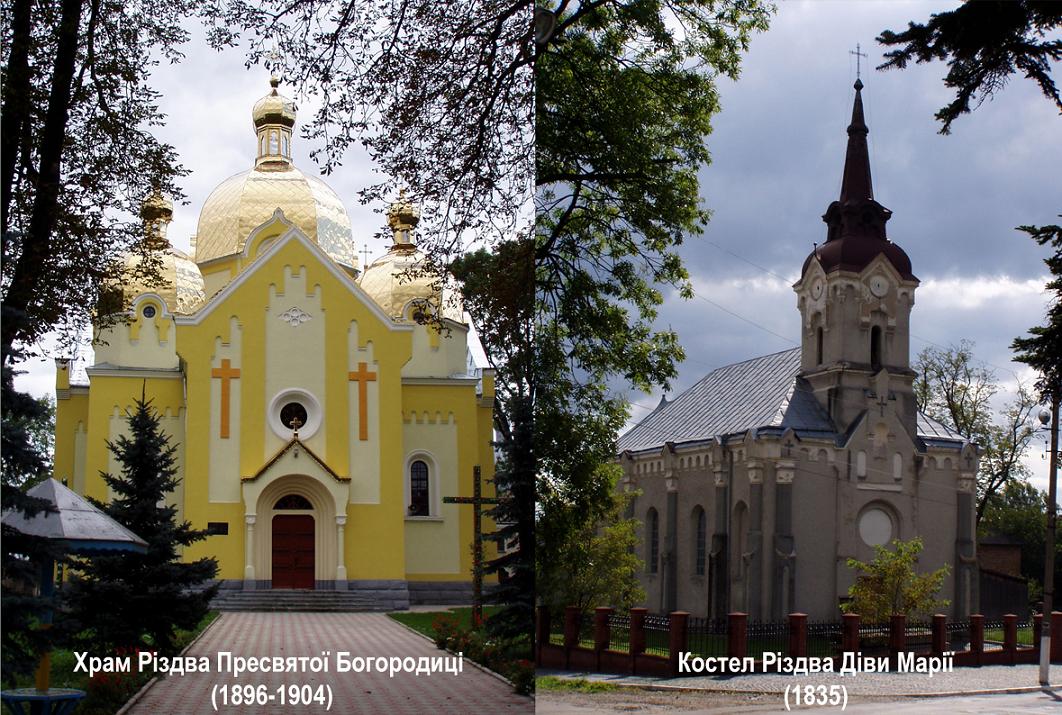
The pearl of the old Dolyna was once a salt factory, which today is in a dilapidated state. But in the future, the ancient Salina will be filled with new life, as a large-scale investment project is planned to build a historical and health-improving balneological complex. For thousands of years, the salt from the Valley has been the local white gold, the main source of income for the local population, and now it is seen as being used for health purposes.
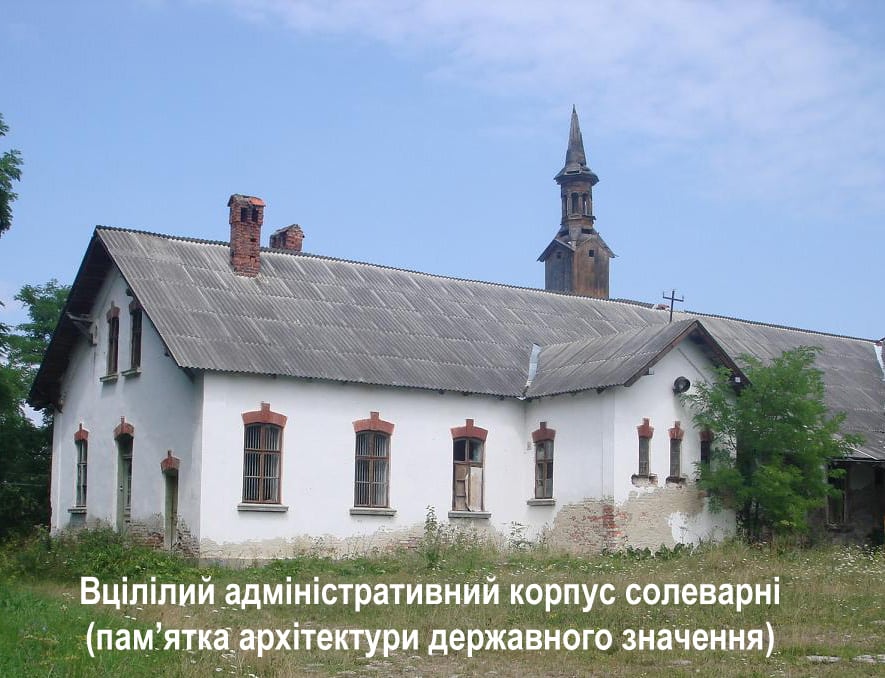
The decoration of Dolyna is the city pond, which is paralleled by a national road, which is a transportation artery between the new and old Dolyna. This part of the city is surrounded by green gardens. The building of the district hospital stands just opposite, and the Cathedral of the Assumption of the Blessed Virgin Mary is located on the hill. In the western part of the pond is the city park, which is actively developing as a recreational center for the city's residents and visitors.
Brochkiv is a new part of Dolyna, built mostly after the 1950s, during the period of active development of the oil and gas complex on its outskirts. Now it is the largest part of the city, its business, socio-economic and cultural center.
Everyone who enters the new Dolyna is greeted by the city's guardian angel, the majestic monument to the Fighters for the Ukrainian State 988-1991, built at the expense of the famous philanthropists Tetiana and Omelian Antonovych. The roundabout in this part of the city is the intersection of strategic highways connecting Lviv, Ivano-Frankivsk, and Zakarpattia.
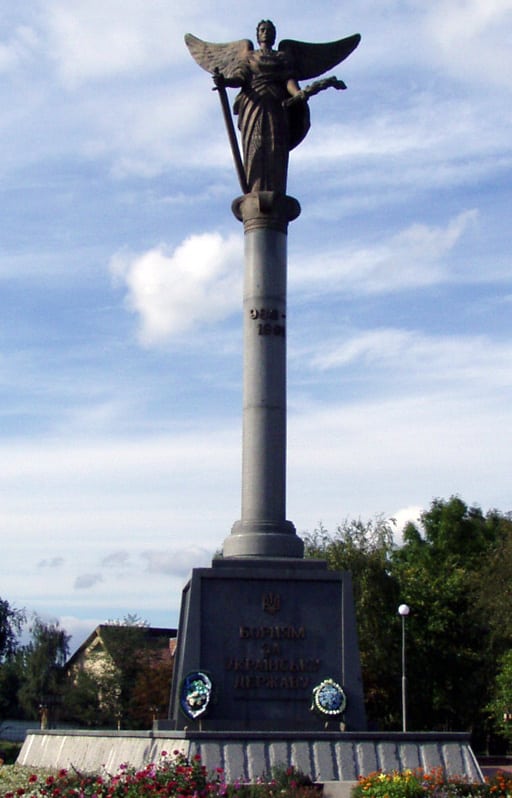
The main streets of the new part of the city are Nezalezhnosti Avenue and Hrushevskoho Street, and the central square is the square near the monument to the first President Mykhailo Hrushevsky. Behind the monument is a cozy alley and a modern pedestrian fountain, one of the favorite vacation spots for the residents of Dolyna, where festivals and entertainment events are held. Nearby is the House of Culture, the largest cultural institution in the area. This part of the city is characterized by a high level of landscaping and greenery. The new part of the city is also home to the railway and bus stations, the district court, a stadium, libraries, general education and preschool institutions, out-of-school education institutions, and other institutions and organizations.
Next to the administrative building, on Chornovil Street, there is the unique Dolyna Museum of Local Lore named after Tetyana and Omelian Antonovych "Boikivshchyna", one of the youngest museums in the Carpathian region, founded in 1998. A new chapter in the museum's activities began in September 2003, when the museum received a newly built building. The construction was supported by the world-famous Tetyana and Omelyan Antonovych Charitable Foundation. The opening took place on 05.09.2003 during the first World Boyko Festival in Prykarpattia.
This is the first museum in Prykarpattia dedicated to the Boyko region, a region that, despite its vivid identity and ancient history, is still poorly researched and studied. The exhibition materials include interesting archaeological finds, tools and household items of the past, Boyko clothing and embroidery. The museum has documents covering various events in the history of the region, old printed books published in Ukraine, works of Ukrainian fine and folk art, as well as works of sacred art.
The undisputed highlights of the museum are the reconstruction of a Boyko house, a typical Boyko dwelling; pysanky embroidered with colored threads; a collection of dolls; and sacred monuments of the 16th and 18th centuries.
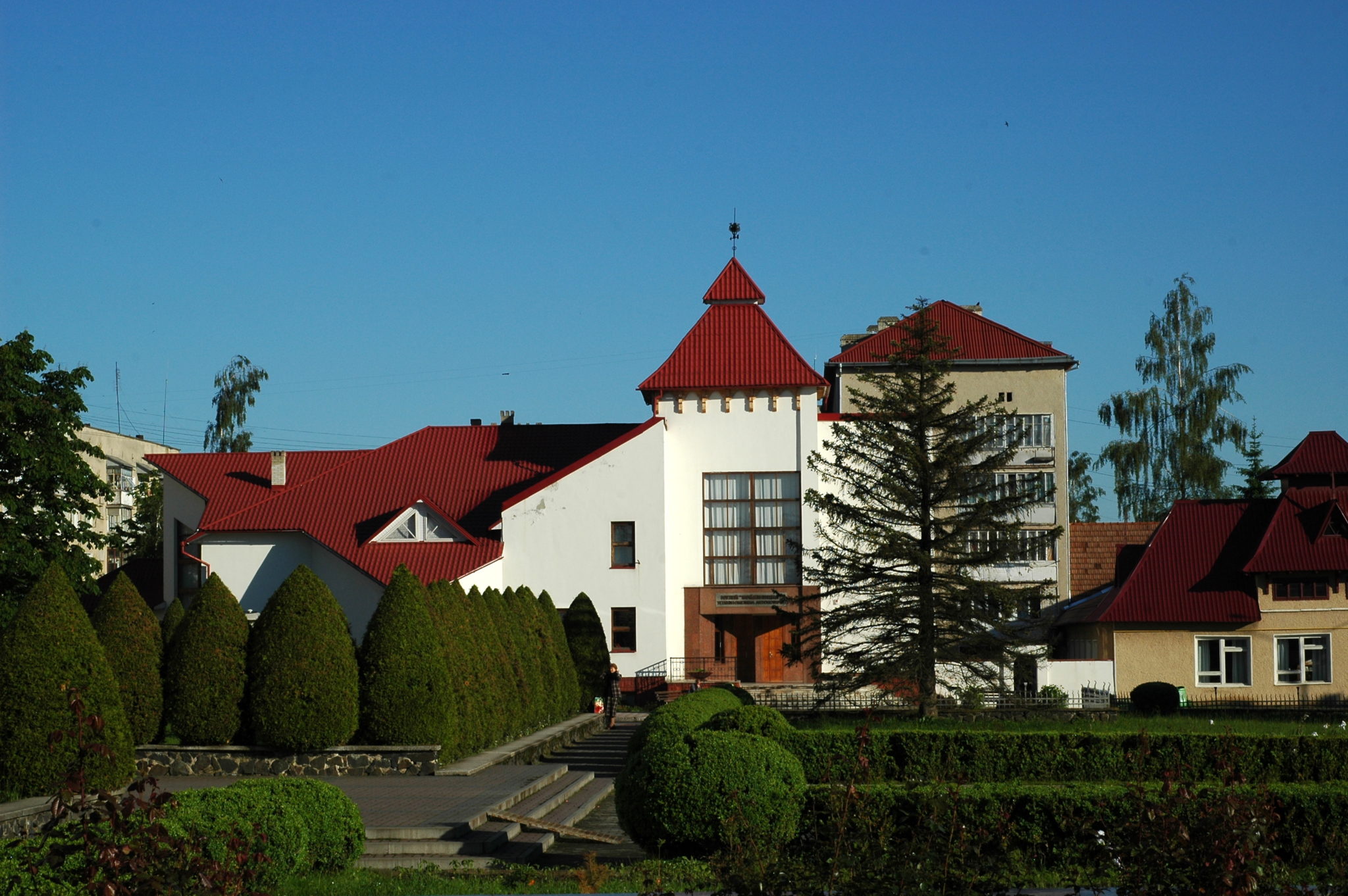
The valley has always been a town of hardworking people. Since ancient times, salt has been mined here and various folk crafts have been practiced. Today, the main industrial sector of the town is the oil and gas complex, which consists of the production facilities of Dolynanaftogaz, a gas processing plant and a tamponage department. In addition, the city has several light and food industry enterprises and a well-developed private sector. The strategic priority of the city is to develop a new industrial zone, which should become the location of new high-tech and environmentally friendly production facilities in the future.
The city's cultural and artistic life has long-standing traditions. Today, the city is home to many top-notch professional and amateur groups and performers.
The virtuoso dulcimer player Mykhailo Zakharia, a native of our city, is a world-famous virtuoso and honorary citizen. Young talents - pupils of the Myroslav Antonovych School of Aesthetic Education - demonstrate their high skills on the highest stages of Ukraine and the world. A number of dance groups are known far beyond the city limits, and the children's ballet school (studio) of Vadim Pisarev is operating. Local musical groups, such as "Contrast", "Carpathian Musicians", and many others, are characterized by a unique flavor. The city has revived its folk theater, one of the oldest in Ukraine. In 2009, the Dolyna Municipal Brass Band was established, and in the short time since its inception, it has won the hearts of the people of Dolyna with its virtuoso playing and several high awards at international competitions.
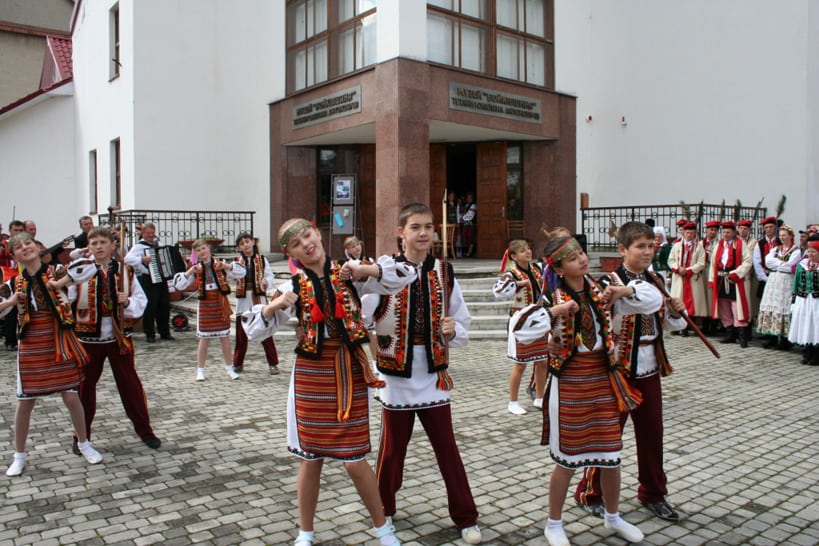
In August 2014, on the occasion of the 100th anniversary, monuments to Omelian and Tetiana Antonovych and Cardinal Myroslav Ivan Lubachivsky were unveiled. It is worth noting that the monuments to the jubilees are the first to be erected in Ukraine and the world. Both are made of bronze. The monuments were built with contributions from the community, philanthropists and patrons. Both monuments were designed and sculpted by natives of our region Vasyl Zaliasko and Ruslan Romanyshyn.
On the 150th anniversary of Metropolitan Andrey Sheptytsky, an alley named after him was opened.
In 2015, the city celebrated Ukraine's Independence Day with another important event: the grand opening of the Alley of Memory of the Heavenly Hundred and Maidan Heroes and the consecration of the cornerstone. On November 21, 2018, a memorial sign to the Heroes of the Heavenly Hundred was unveiled, crowned with a memorial dedicated to the Heroes of Maidan in stone, cry, and hearts.
Dolyna is an extremely attractive region for tourists. Not far from the city there are a number of popular tourist destinations. One of the largest shrines in Western Ukraine, the Greek Catholic monastery on Yasna Hora in Hoshiv, is just a short drive from Dolyna. Moving in the same direction, you can get to the ancient city of Bolekhiv, and even further - to the unique historical and cultural monument of Dovbush' s Rocks in the Bubnyshche tract. Not far from Dolyna, in the village of Vyhoda, is the starting point of the well-known tourist attraction "Carpathian Tram". On the outskirts of Dolyna, you can also find many places for active and traditional recreation, many cozy hotels and restaurants.
Dolyna City Council, 5 Nezalezhnosti Ave. +38 (03477) 2-70-30.
Telephone number +38 (034) 991-09-11.
Які туристичні (пішохідні) маршрути проходять через/біля Valley?
Пропонуємо пройти такі туристичні (пішохідні) маршрути через/біля Valley: Маршрут на г. Щавна, На Горган Ілемський, с. Мислівка – г. Горган-Ілемський – с. Мислівка, с. Мислівка, через хр. Аршиця, г. Молода, г. Яйко-Ілемське до с. Мислівка, с. Мислівка, через г. Вел. Пустушак, пол. Німецька, г. Горган Ілемcький до с. Осмолода, с. Татарів, через г. Синяк, г. Довбушанка, г. Чорна Клева, г. Братківська, г. Сивуля, г. Кінець Горгану, г. Попадя, г. Грофа до с. Мислівка


